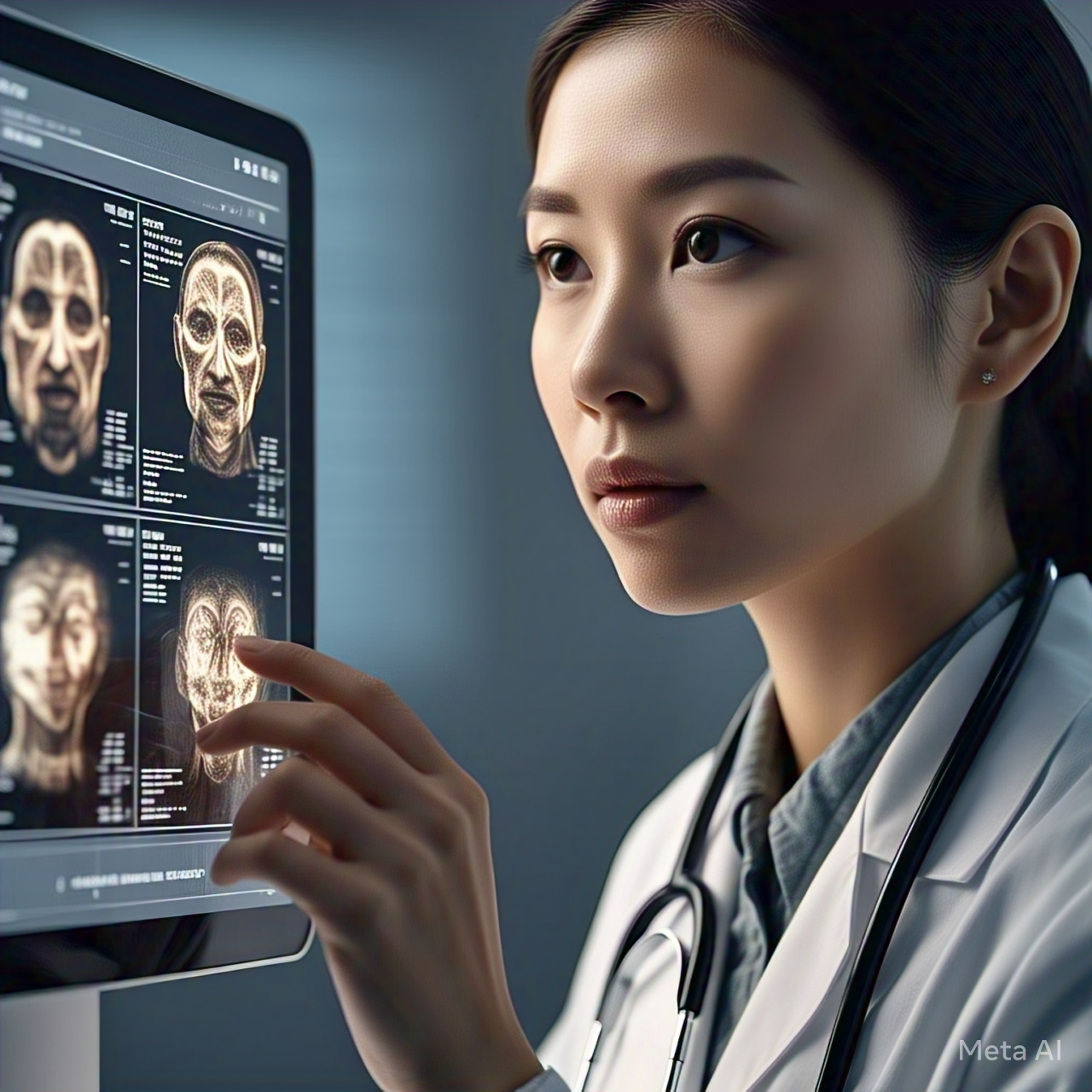
3D Telemedicine, the Latest for Patients
A new approach to medical consultations, supported by Microsoft, is transforming healthcare in the most remote and inaccessible areas of Ghana, Africa.
3D Telemedicine: When Distance is No Longer an Obstacle
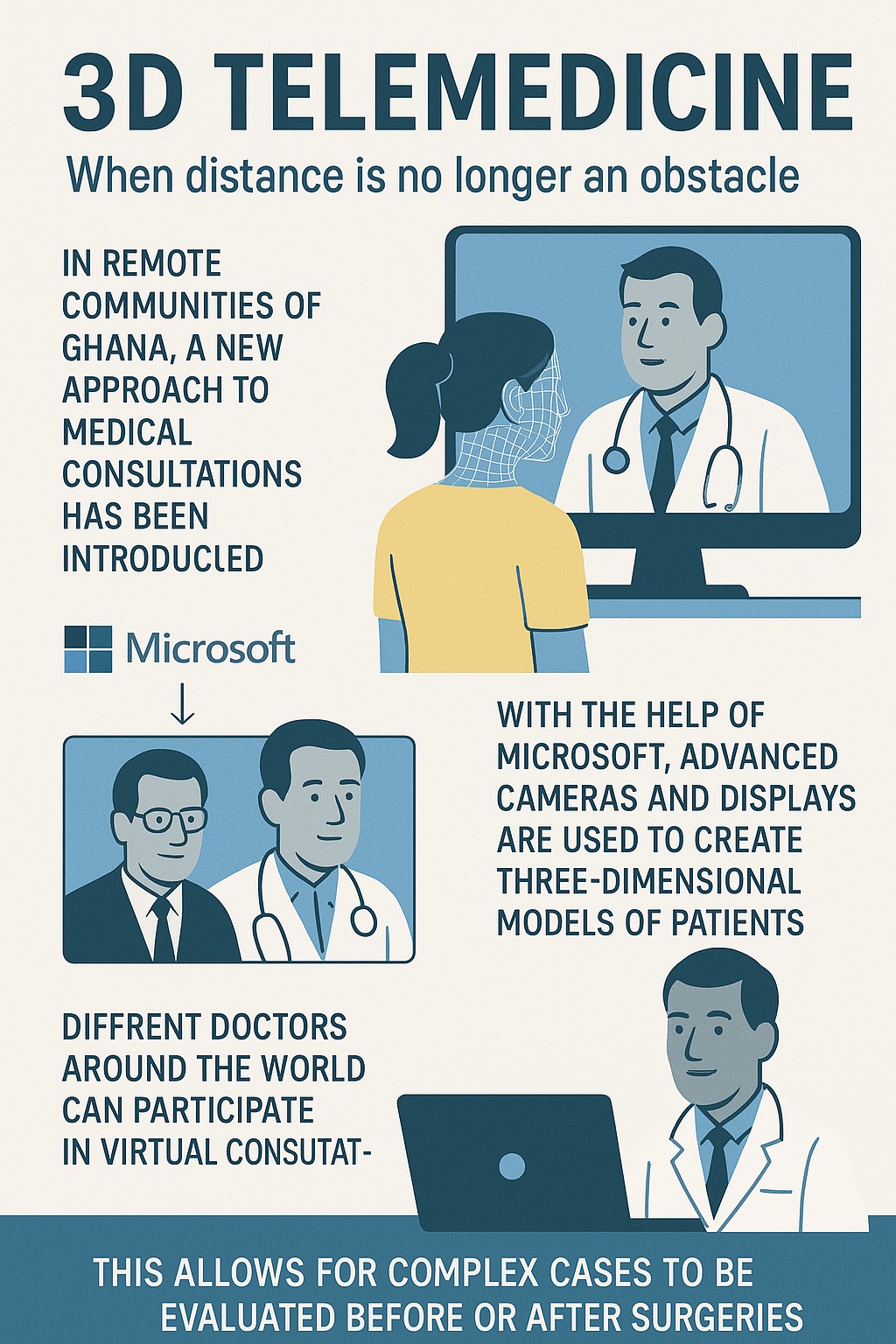
In the remote communities of Ghana, where specialized medical care is a rare privilege, innovation has taken a three-dimensional form. Thanks to a strategic alliance between Microsoft and healthcare organizations, telemedicine has evolved into a new dimension: 3D medical consultations, a tool redefining healthcare delivery in Africa’s most isolated areas.
Unlike traditional medical video calls, this technology uses high-end cameras and advanced displays to capture and project precise 3D models of patients. These detailed images allow specialists to examine, almost as if they were physically present, anatomical features crucial for accurate diagnoses and surgical planning. The realism is so profound that it enables doctors to detect subtle variations in the skin, joints, or internal structures — details that would often go unnoticed in conventional flat-screen consultations.
What makes this technology revolutionary is its collaborative power. These models can be analyzed simultaneously by medical teams across the globe, enhancing diagnostic capabilities. Surgeons in London, radiologists in South Africa, and local physicians in Ghana work together in real-time, discussing options, adjusting plans, and making clinical decisions based on the 3D visualization of the patient. This collaborative approach breaks physical barriers and provides rural patients with the same diagnostic quality found in top-tier hospitals.
While other telemedicine solutions have already been implemented in countries like India, Brazil, or rural areas of the U.S., few have achieved the immersive experience that Ghana’s 3D modeling offers. Similar projects are often limited to video calls with flat, two-dimensional images, lacking the ability to rotate or virtually inspect a patient's body from multiple angles.
Moreover, this advancement goes beyond pre- or post-operative consultations. It is also a powerful educational tool, allowing medical students and residents in local hospitals to participate in global consultations and gain practical, visual learning that was previously out of reach.
The project in Ghana is a vivid example of how technological innovation can balance the scales of healthcare equity. Through a screen, doctors from all over the world shorten distances, erase borders, and expand life-saving opportunities for those who need them most.
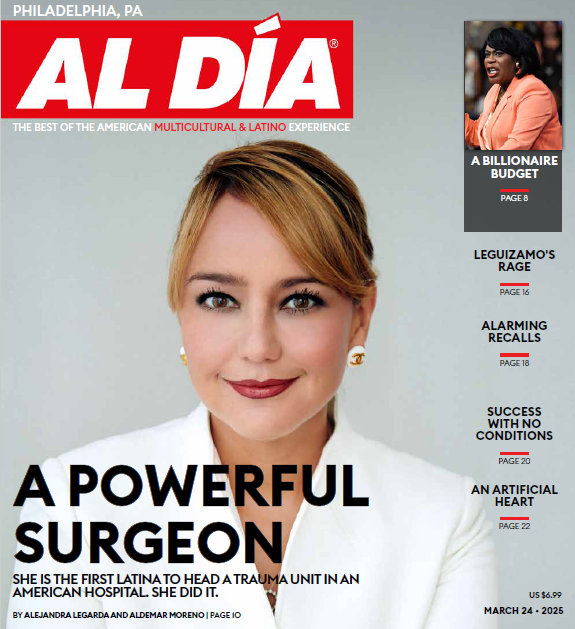



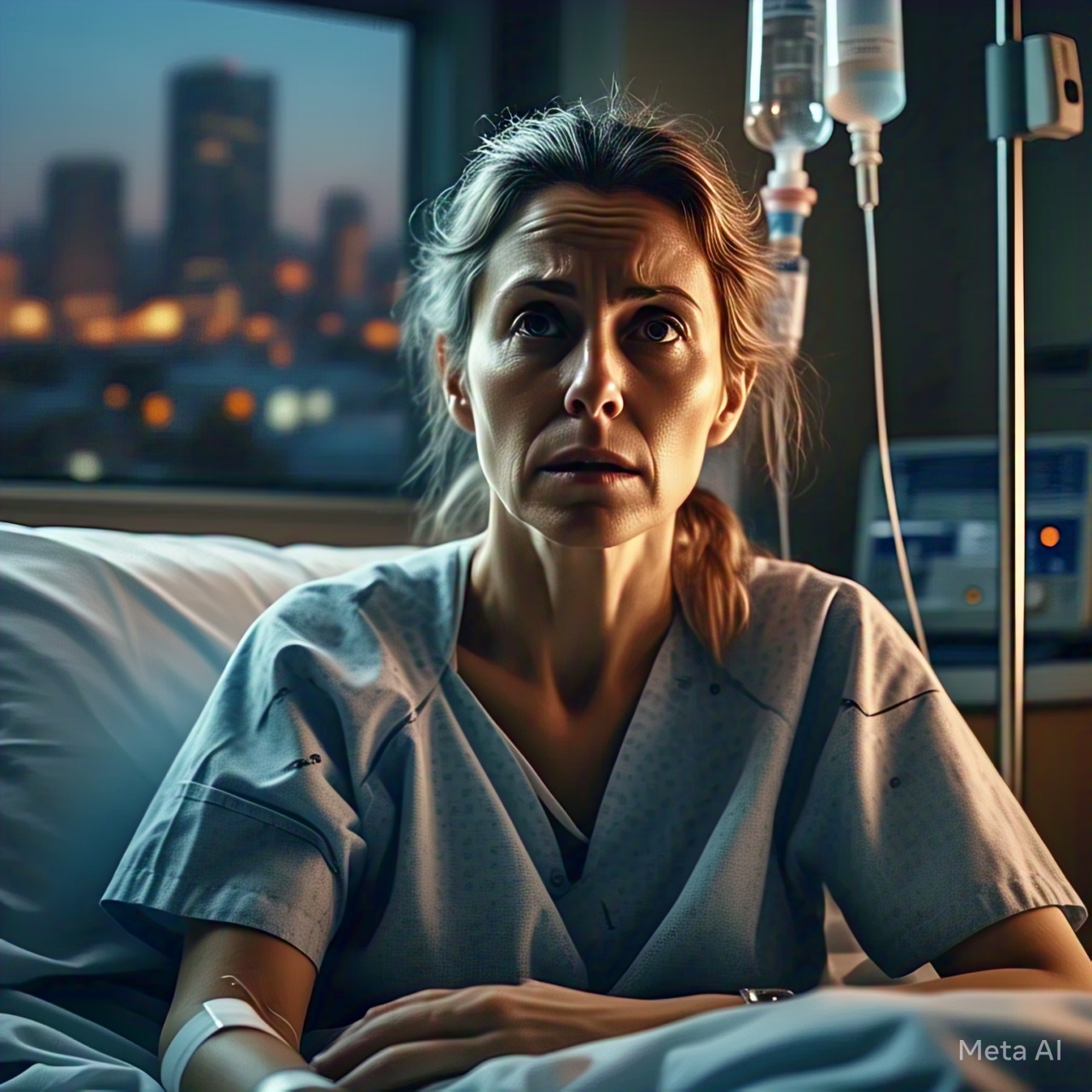
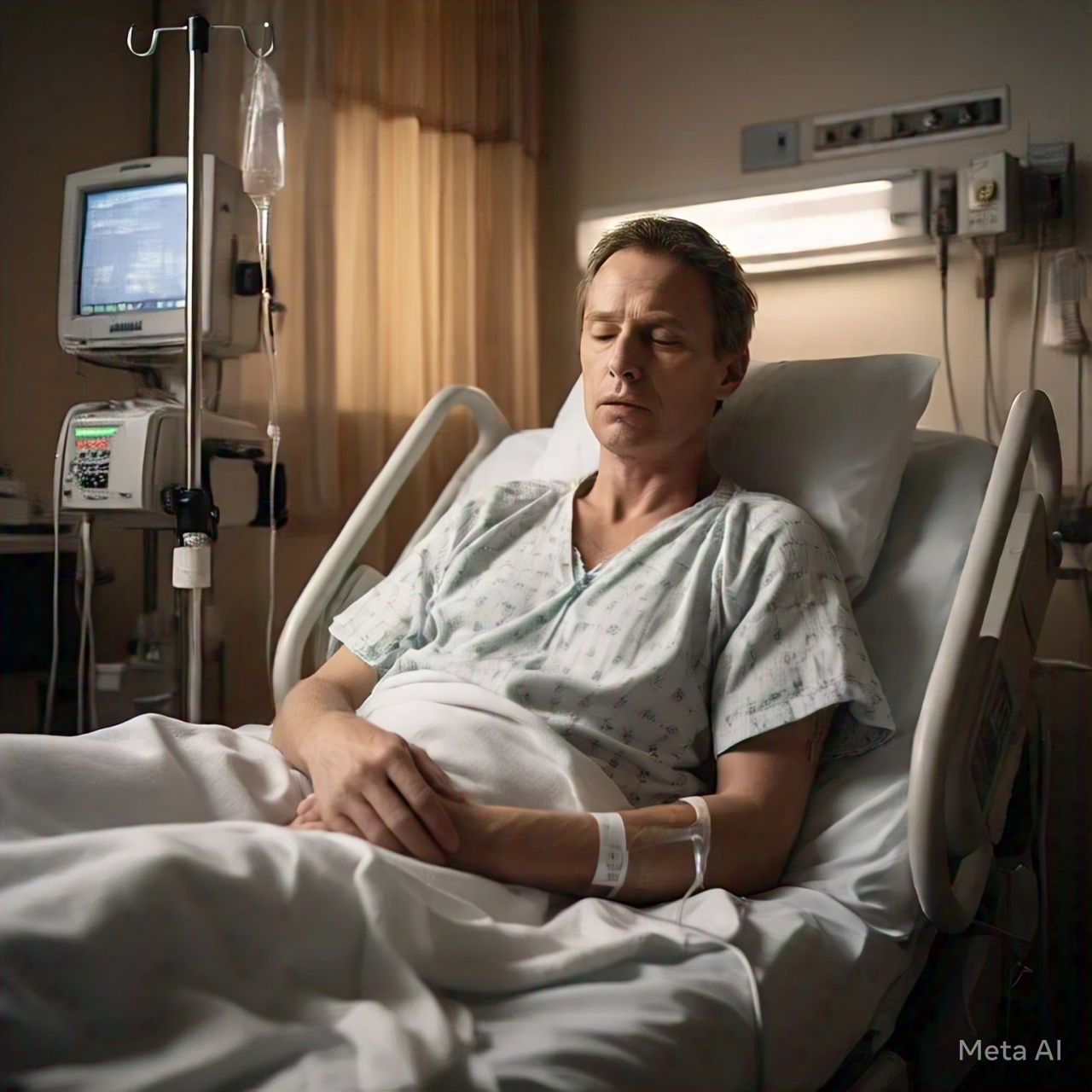

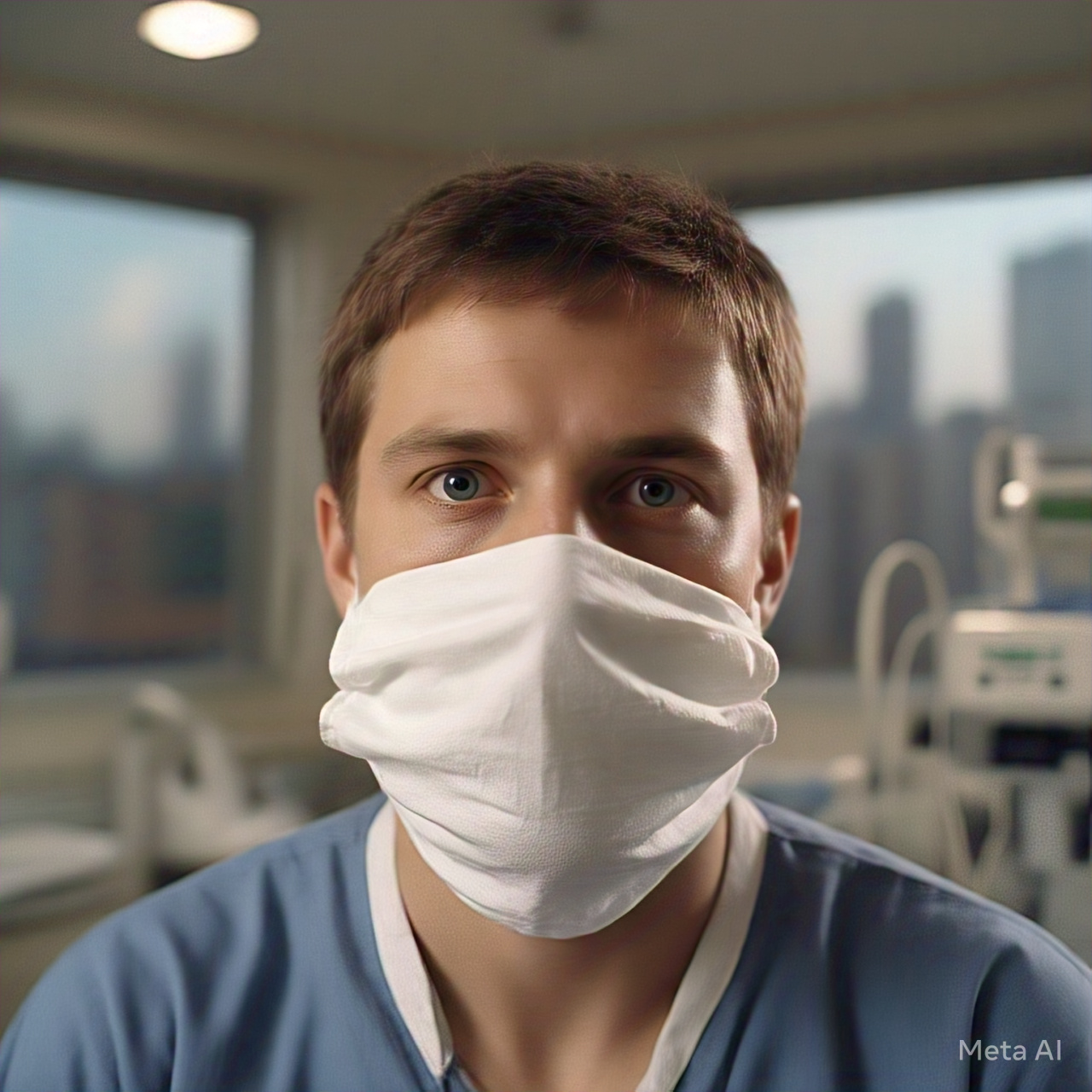


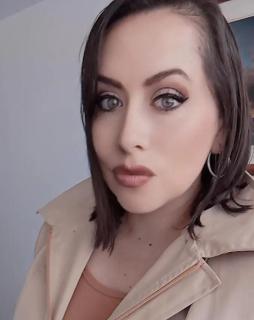
LEAVE A COMMENT: